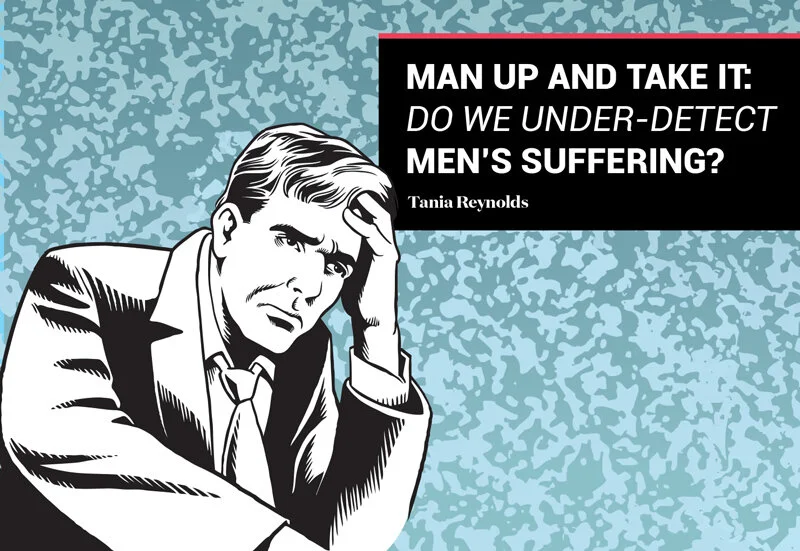Ana's Story
I was nine when I started writing, scribbling my unexpressed grief into poems on yellow scratch pads or the back side of junk mail. It was not my only means of expression — I also had a great fascination with visual arts, and it didn’t take long before I brought these two things together. When I was 12, I illustrated a long story that I had written. My mother treasured it for years. By my late teens, writing was my preferred mode of self-expression and activism. I grew up in Chicago, where the racist, sexist, and classist inequality around me greatly influenced my thinking, and I had begun to earn the reputation of a “protest poet” even before I finished school.
My family, however, never acknowledged that any kind of art was a “job,” so after my graduation, I headed to California to take up teaching at a community college. Still, my impulse toward artistic expression would not be denied. Because it was more easily incorporated into my busy life (and my budget) than other forms of art, I continued to write throughout my career as a teacher. In a way, I also maintained my connection with drawing. I got into the practice of making line drawings with a fountain pen, which helped me cope with my clinical depression and with the sadness of being away from home.
This was during the seventies. Like many of my generation, especially poets of color, my writing during that time was more than self-expression. It was representation. It was an era when feminism was seen by some (both in the U.S. and internationally) as a white, middle-class women's issue — but as a brown woman in my mid-twenties, it was clear to me that both my gender and how it related to my sexuality were worthwhile themes. My poetry and prose began to grow from that thinking. I wanted to explore the writing of others around these issues, even though Latino literature and activism was dominated by men at the time. I specifically sought out literature written by women. This would eventually lead me to form my own brand of feminism – which, a decade later, I would term as "Xicanisma.”
During this time, I also became interested in addressing sexuality in my writing. My second book, The Invitation (published in 1979), attempted to start a conversation about Latina sexual desire — something I was not aware had been expressed poetically in any previous U.S. Latina work — and many of my essays during the eighties (later published as Massacre of the Dreamers: Essays on Xicanisma) examined human sexuality. These explorations also informed my personal feminism, and the celebration of Latina sexuality is an important aspect of Xicanisma.
In the decades since, I’ve continued to include characters of diverse sexualities in my poetry and prose — culminating in Palma, a character from my most recently published novel, Give It to Me. She views her body and her desire as the most invaluable tools she has, and she negotiates her way through life by using (and, perhaps, abusing) them in all transactions, whether material or emotional. There is an element of comedy to the book — I wrote it in 2014, after I had the intense experience of revising Massacre of the Dreamers, so I needed a little levity — but my transgressive intent was in earnest nonetheless.
Give It to Me received the Lambda Literary Award for Best Bi Fiction in 2015, and my collection of personal essays, Black Dove: Mamá, Mi’jo, and Me, was awarded the Lambda for Best Bi Non-fiction in 2017. In this way, the word “queer” describes how both my life and my work relate to sexuality, much as “creative” describes my imaginative and artistic approach to life, love, and work. In both cases, it is an empowering and freeing lens through which to perceive the world.
As for my love of the visual arts, I’m happy to say that it is still a part of my creative life. In 2016, I began making line drawings, much like the ones I made with a fountain pen in my teaching days — only now I prefer fine tip sharpies and colored pencils. Many of these artworks have been published and sold, and the positive interest has me inspired to take up another form of expression dormant from my past - painting. Whether conveyed via words or brush strokes, the honor of creatively representing Xicanisma, and thereby cultivating a better world, propels me forward.
For more about Ana, check out her website or follow her on Instagram.
Artist Notes
“ Ana is depicted with pad and pen. The crisscrossed lines in the background represent her reputation as a ‘protest poet’, and the blooms symbolize her investigations of latina sexual desire.”
Published Mar 18, 2021
Updated Oct 26, 2022














